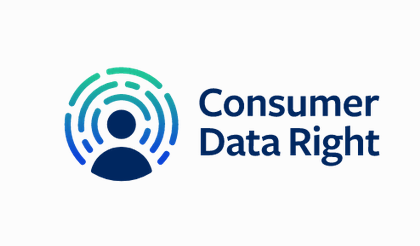CDR to light the way for innovation in Energy – Australian FinTech

In the three months since the Consumer Data Right (CDR) went live for the energy sector, Adatree – Australia’s market-leading Open Data intermediary, – believes the initial interest shown by energy retailers and hardware providers indicates an industry that’s hungry for more innovative solutions to keep them relevant in a rapidly changing and competitive market.
With both electricity and gas prices anticipated to increase by an average of 20 per cent this financial year, and electricity to rise a further 30 per cent next financial year, consumers will demand more visibility across energy usage data and greater understanding of what their options are when it comes to switching to more cost effective energy solutions.
“It’s becoming increasingly apparent that it’s no longer enough for individuals to simply exist as passive consumers in the energy space. They want to be active in decision-making processes. And CDR is the only way to power that engagement,” said Alex Scriven, Chief Operating Officer at Adatree.
With the recent spike in cost of living heaped on top of the existing climate change crisis, consumers are increasingly critical of energy providers and expect them to embrace innovation to deliver real solutions.
Energy vs banking – how does it compare?
According to Scriven, the key difference between energy and finance is that there are clear energy use cases that can’t come to market without energy CDR existing.
“Banking by its very nature is quite a complex industry in the way it operates –- there’s a lot of data passed around but it’s data that’s sometimes transmitted two or three times before a decision is made. It can make the journey of launching a use case to market quite complex.”
While Scriven believes the financial sector continues to survive without CDR applications, he believes that energy’s evolution can’t happen without CDR.
“Energy knows there is a lot of change coming. The industry is in transition to renewables, but for that to happen you need the precise and dynamic data sets that only CDR can provide.”
“As an industry, there is a real diversity of use case ideas coming from leaders in the energy sector, and without the barriers you see in other segments, retailers and service providers can stand up new CDR use cases at pace with market demands. It’s because of this that 2023 is set to see some really interesting use cases come to life,” said Scriven.
How is CDR revolutionising Energy?
To put it plainly, Adatree believes the energy sector’s use of CDR will create new services that have clear value to consumers and further demonstrate that the market understands its need to innovate.
“Not only does Open Energy provide consumer consented data sharing to power energy-related use cases, but a consumer has full visibility and control over how their data will be used, and may withdraw their consent at any time,” said Scriven.
Accessible CDR data types for energy providers and services include:
Scriven also maintains the other key difference with energy is that it’s holistically embracing CDR as it can see that business is better supported by leveraging its access to the CDR.
What’s in store for energy in 2023?
Scriven says we can expect to see several energy use cases launched in 2023, including detailed comparison tools to complete solar home solutions that can also be tailored to the needs of each individual home.
“We’re already in conversations with several energy service providers with some pretty compelling use cases that can be implemented quickly for impactful consumer outcomes. Every time we meet with a new thought leader in the sector, the more ideas we uncover for use cases of CDR energy data,” said Scriven.
